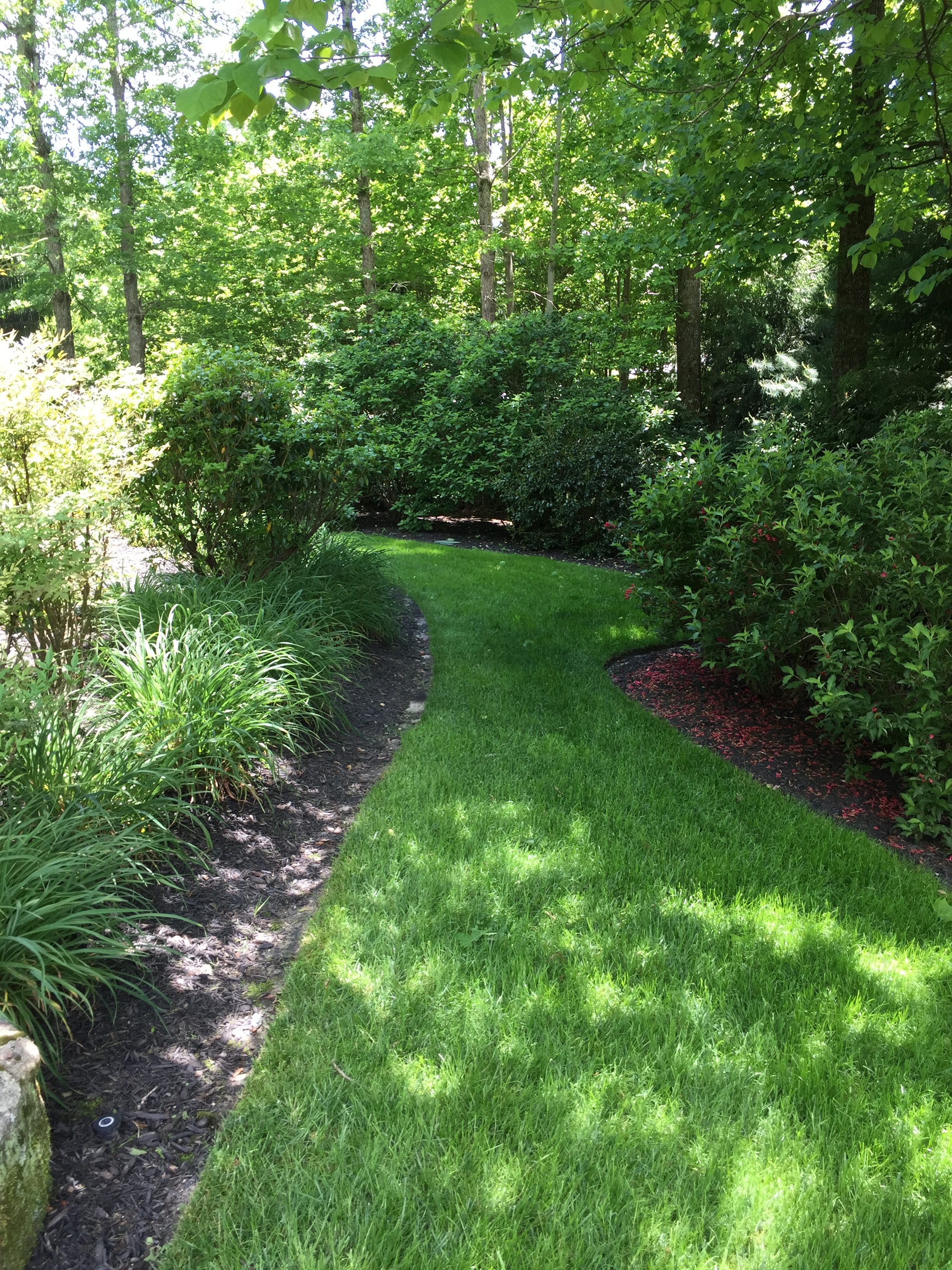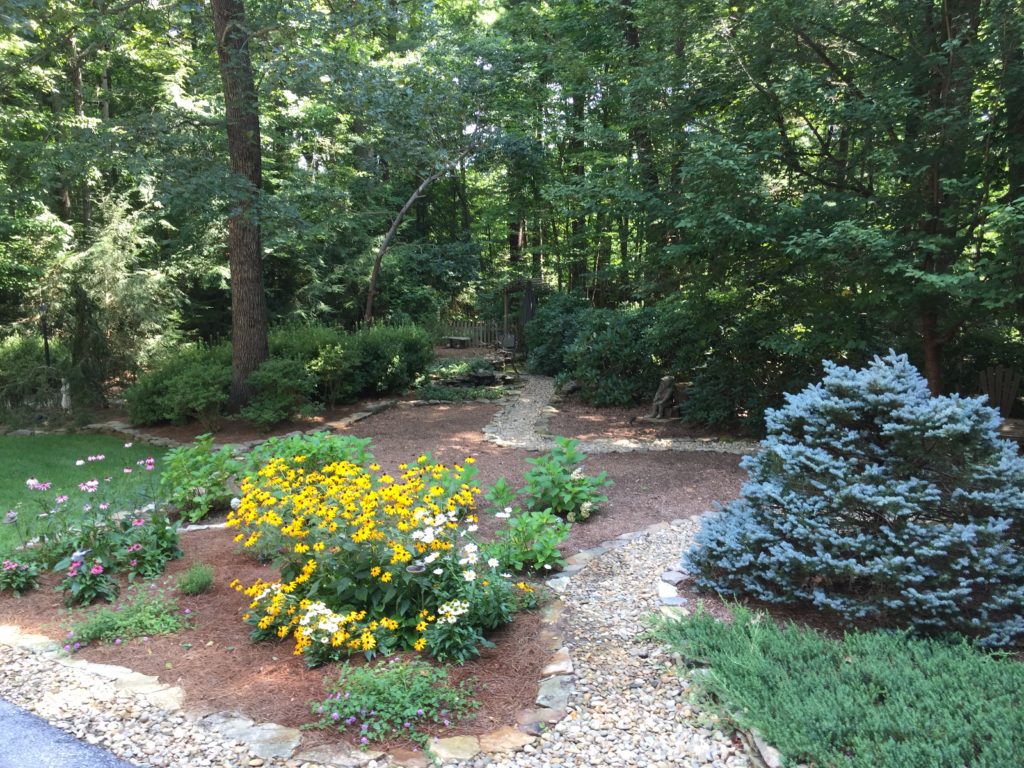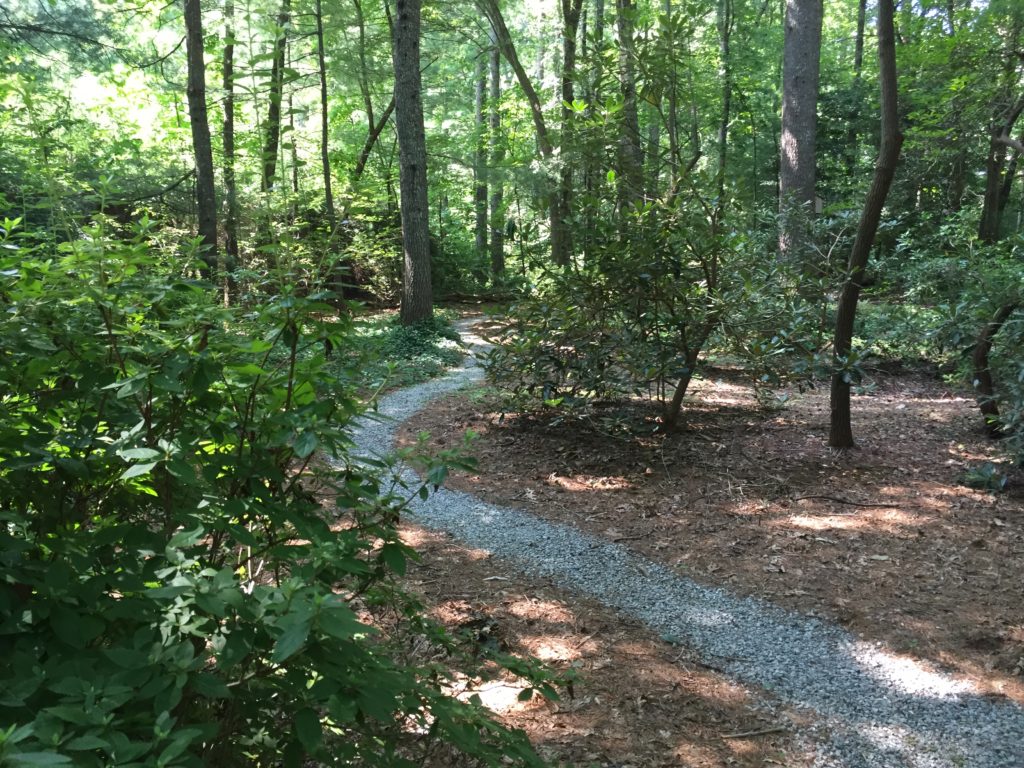Landscape Legacy: Utilizing Native Plants for Natural Landscapes
go.ncsu.edu/readext?657200
en Español / em Português
El inglés es el idioma de control de esta página. En la medida en que haya algún conflicto entre la traducción al inglés y la traducción, el inglés prevalece.
Al hacer clic en el enlace de traducción se activa un servicio de traducción gratuito para convertir la página al español. Al igual que con cualquier traducción por Internet, la conversión no es sensible al contexto y puede que no traduzca el texto en su significado original. NC State Extension no garantiza la exactitud del texto traducido. Por favor, tenga en cuenta que algunas aplicaciones y/o servicios pueden no funcionar como se espera cuando se traducen.
Português
Inglês é o idioma de controle desta página. Na medida que haja algum conflito entre o texto original em Inglês e a tradução, o Inglês prevalece.
Ao clicar no link de tradução, um serviço gratuito de tradução será ativado para converter a página para o Português. Como em qualquer tradução pela internet, a conversão não é sensivel ao contexto e pode não ocorrer a tradução para o significado orginal. O serviço de Extensão da Carolina do Norte (NC State Extension) não garante a exatidão do texto traduzido. Por favor, observe que algumas funções ou serviços podem não funcionar como esperado após a tradução.
English
English is the controlling language of this page. To the extent there is any conflict between the English text and the translation, English controls.
Clicking on the translation link activates a free translation service to convert the page to Spanish. As with any Internet translation, the conversion is not context-sensitive and may not translate the text to its original meaning. NC State Extension does not guarantee the accuracy of the translated text. Please note that some applications and/or services may not function as expected when translated.
Collapse ▲The pristine look of wall to wall turf and manicured plants is out among many landscape professionals, property managers, and gardeners. More and more often people are allowing swaths of property to revert to a more natural state. These more nuanced property managers are seeking out and planting native plants to accomplish this. There are many reasons for this change.

Photo: Steve Pettis
Cost
Natural areas are less expensive to manage. Regular mowing is not required. Costly herbicides are not needed to manage turf weeds. Fertilizers are unnecessary in natural areas where leaves are allowed to remain and decompose into valuable nutrients and organic matter.
Wildlife
Natural areas are beneficial to wildlife. Flowering plants including grasses produce nectar and pollen which benefits pollen and nectar-feeding insects. Areas that are not mowed or cut back in late summer provide an overwintering place for beneficial insects, amphibians, and reptiles. Birds are attracted by the abundance of insects and seeds on which they feed.
Lower emissions
Natural landscapes are better for the environment than highly managed ones. Greenhouse emissions are reduced by lowering the use of environmentally unfriendly machinery. Chemical inputs such as herbicides and fertilizers are unnecessary. Soil health improves when chemical use goes down and compaction from heavy machinery ceases.

Reducing turf areas can lower inputs. Image: Steve Pettis
Legacy
Natural areas leave behind a positive environmental legacy in the landscape. Native trees and shrubs can live for decades or even centuries. The natural landscapes we plant today become the woodlands and parks of the future. An oak may take 25 years before it starts casting any real shade but it can go on cooling our environment, stabilizing soil, and capturing pollutants long after we are all gone.

Native plants planted today are an investment in the future. Image: Steve Pettis
Where to begin
Recently I worked with a landowner who has a five-acre property. He was killing himself and his wallet maintaining four acres of grass. We identified areas where he could stop mowing. These areas were the bottoms between small hills where water collected and soil was often saturated. Others were hilltops where the soil would often be dry. We expanded the footprint of wooded areas where he could let the current year’s leaves and small twigs fall and remain in place after summer. That was it. These small changes reduced the area he was mowing by half. In my opinion, his estate went from looking very bland to looking more like an arboretum; like a European garden such as you would find at many fine estates.
Planting Natives
To learn more on selecting native plants and incorporating natives into your landscape, visit the Native Plants chapter of the Extension Gardener Handbook, the Extension Gardener Plant Toolbox, and the North Carolina Native Plant Society.


